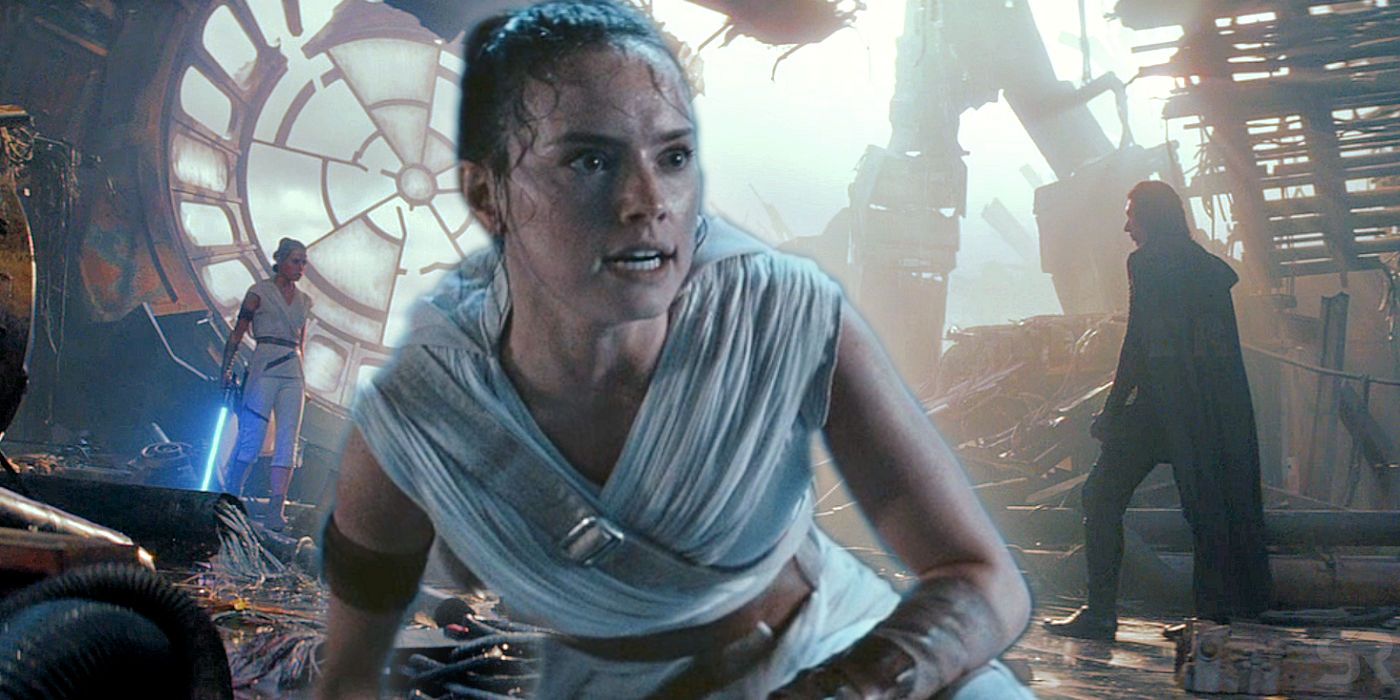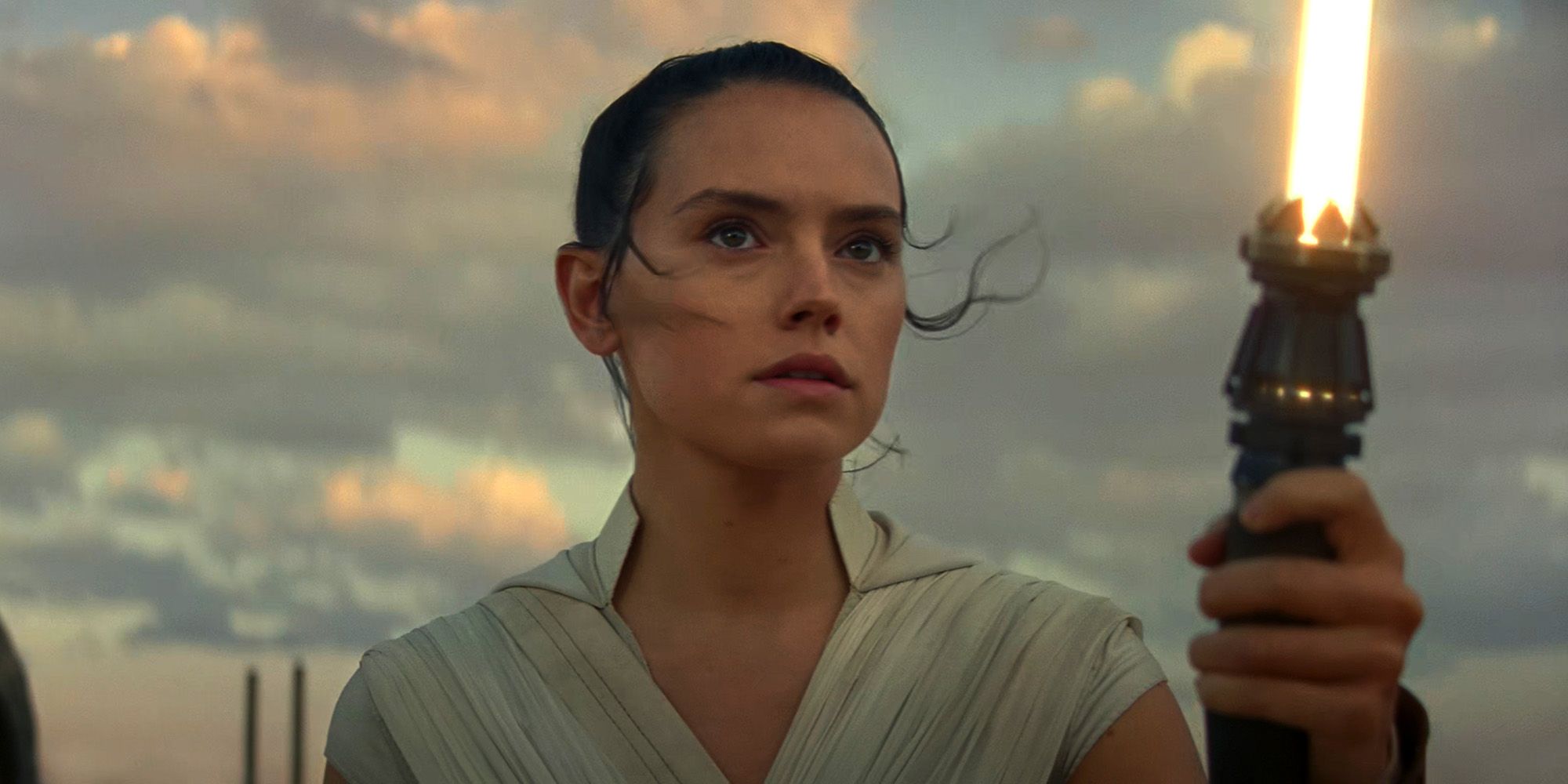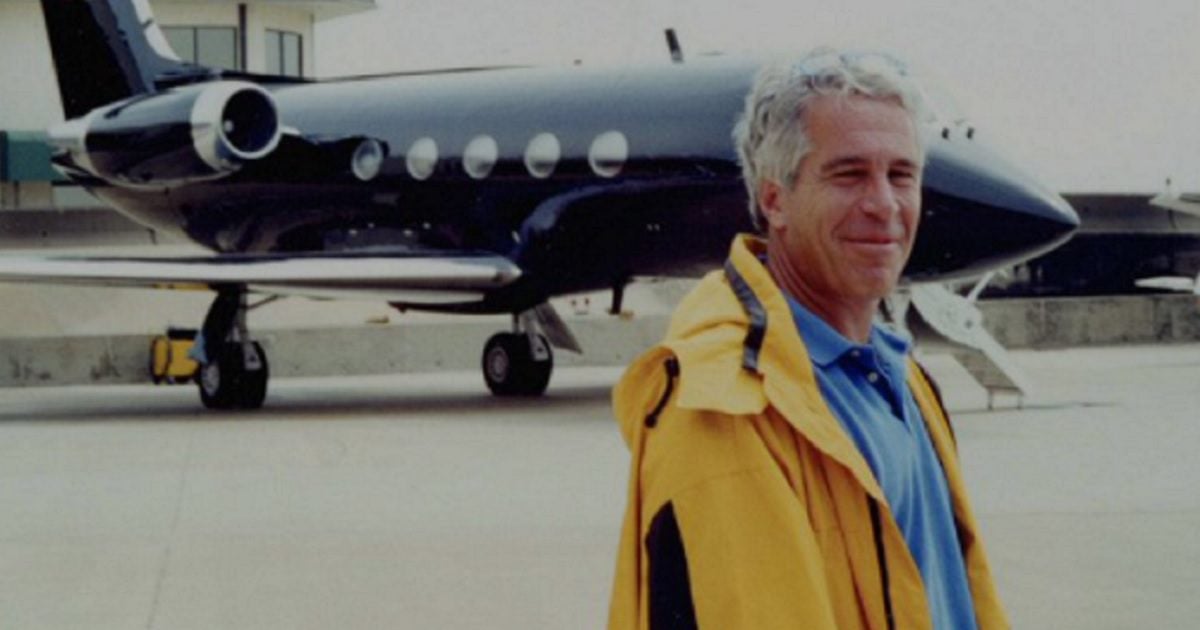Daisy Ridley will return as Rey Skywalker in a new Star Wars movie, and it’s already doing something that some thought might have (and should’ve) happened in Star Wars: The Rise of Skywalker. Four years after The Rise of Skywalker’s ending made for a divisive and limp conclusion to the Skywalker saga, the return of Rey was announced, with the character (and Ridley) coming back to build a new Jedi Order in a galaxy that’s much-changed from the one seen in the sequel trilogy.
Aside from Ridley’s casting, there aren’t too many details known about Rey’s New Jedi Order movie. It’s said that it’ll find the Jedi in “chaos,” and, most interestingly, will be set 15 years after The Rise of Skywalker. That’s a hefty time jump, pushing it further ahead into the Star Wars timeline than anything seen before. It also, curiously, fits with a big theory around The Rise of Skywalker that could have improved that movie, and should mean could things for Rey’s upcoming Star Wars movie.
There Were Theories The Rise of Skywalker Would Have A 13-Year Time Jump
The Rise of Skywalker time jump theory stemmed from a Star Wars timeline graphic unveiled by Lucasfilm at D23 Expo back in 2019, a few months prior to the film’s release. The timeline had all the movies in the correct place, but curiously ran on for 13 years after The Rise of Skywalker, with no explanation as to why and no project that would fill the gap (nothing did materialize, and Lucasfilm has since unveiled a new look at the timeline that divides it into distinct eras, including one called “New Jedi Order”).
The idea was a compelling one: George Lucas’ original Star Wars ending plan saw R2-D2 in the future, telling the story of the Skywalker saga and properly explaining the “a long time ago” framing device. Similarly, with so many possibilities at the time for where The Rise of Skywalker could go and a lot of ground to cover in ending a 42-year saga, then a 13-year time jump partway through the movie was extremely plausible. Ultimately, of course, there was no such time jump in The Rise of Skywalker, but the theory perhaps should have been used.
Why A Big Time Jump Would’ve Been Great For Star Wars: The Rise Of Skywalker
Star Wars: The Rise of Skywalker’s time jump would’ve been a risky move, but that’s partly why it should have happened. Following on from Star Wars: The Last Jedi and attempting to course-correct, The Rise of Skywalker played things too safe, relying on nostalgia and fan-service. A time jump could have helped to provide distance from The Last Jedi for those who wanted it, but also pushed the saga into a new territory and allowed for more radical character changes and story developments.
A 13-year time jump could have allowed for more hopelessness to feed into Kylo Ren’s arc. For a greater darkness over the galaxy to make the hope that lingers feel stronger. It could have allowed for something like Rey’s dark side turn and subsequent return to the light. And most of all, it could have allowed the sequel trilogy to feel so much more expansive. It was all over too quickly, with a movie every two years and only one year covered across the three of them; it was trying to tell a large scale story, but allowed itself to be boxed in. A time jump would’ve allowed for greater breadth of story and more room for everything to breathe.
Rey’s New Jedi Order Movie Being 15 Years Later Is What Star Wars Needs
The Rise of Skywalker didn’t do the time jump, but Rey’s next Star Wars movie will. The circumstances are different, because there’s already a bigger gap between releases: Disney has two 2026 Star Wars movies on its slate, and it’s expected one of those will be Rey’s New Jedi Order film. That means a time jump of some kind makes sense anyway, since it’ll be seven years since audiences last saw Rey; but more than doubling it is a smart move, ensuring plenty of distance from what was a divisive end to a divisive era of Star Wars.
The time jump means drawing a line in the Tatooine sand; it breaks away from the sequels, allowing Rey to properly begin a new journey, separated from Palpatine’s return and all the rest. It can continue sequel elements if it chooses – bringing back Finn and Poe Dameron wouldn’t be a bad idea – but the focus will be more on the new and pushing forward into the future.
The galaxy should, in theory, be very different, rather than just having another Empire redux. And the villain, too, should be something fresh, rather than another Palpatine return or just the Sith in general. The 15-year time jump allows Rey’s Star Wars movie to kickstart a completely new era in a galaxy far, far away after Star Wars: The Rise of Skywalker, unburdened by the mistakes of the past, but also ready to learn from them.




























































